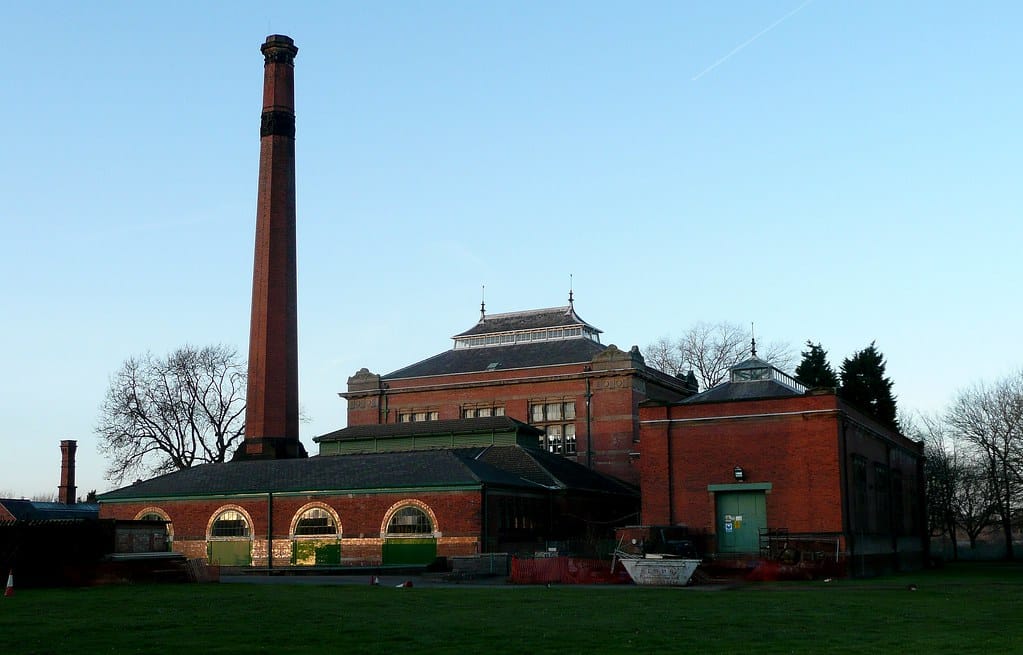
Whitehead Railway Museum, located in County Antrim, Northern Ireland, is a living testament to the island’s rich railway heritage. Its story is deeply intertwined with the development of Whitehead as a seaside town and the efforts of the Railway Preservation Society of Ireland (RPSI).
Whitehead’s railway connection began in the mid-19th century. The Carrickfergus and Larne Railway opened in 1862, initially bypassing Whitehead. However, by 1877, a station was established at the current site, spurring growth in the town. The Belfast and Northern Counties Railway (BNCR) played a pivotal role in promoting Whitehead as a tourist destination, offering free villa tickets to encourage settlement and leisure travel.
By the early 1900s, Whitehead had become a bustling excursion hub. The BNCR constructed additional platforms, a signal cabin, and even stables for jaunting cars to transport visitors to scenic spots like the Gobbins Path. At its peak, trains arrived in waves during holidays, unloading hundreds of tourists.
The outbreak of World War I in 1914 curtailed excursion traffic. The infrastructure was repurposed for storage and wartime logistics. During World War II, Whitehead hosted ambulance trains and the Royal Engineers’ Railway Construction Company, which operated armoured railway vehicles.
Post-war, the site saw reduced activity. The engine shed was occasionally used for storing surplus locomotives, and the goods shed became a community pavilion for events and concerts.
In 1964, the Railway Preservation Society of Ireland (RPSI) was founded to save Ireland’s steam heritage. By 1966, the society had secured the Whitehead Excursion Station as its headquarters, thanks to support from the local council.
The following decades saw steady development:
On 1st March 2017, the Whitehead Railway Museum officially opened to the public, offering five themed galleries, interactive exhibits, and access to working restoration areas.
Unlike static museums, Whitehead is a working heritage site. Visitors can observe restoration in progress, explore historic locomotives, and even step aboard vintage carriages. Highlights include the 1879-built steam engine, the B121 GM diesel-electric locomotive, and the No.3 BG Guinness steam locomotive.
The museum also hosts seasonal events, educational programs, and guided tours led by passionate volunteers. Its location in a Victorian-style coastal village adds to the immersive experience.
Sources:
This historical summary was generated using AI based on publicly available sources.